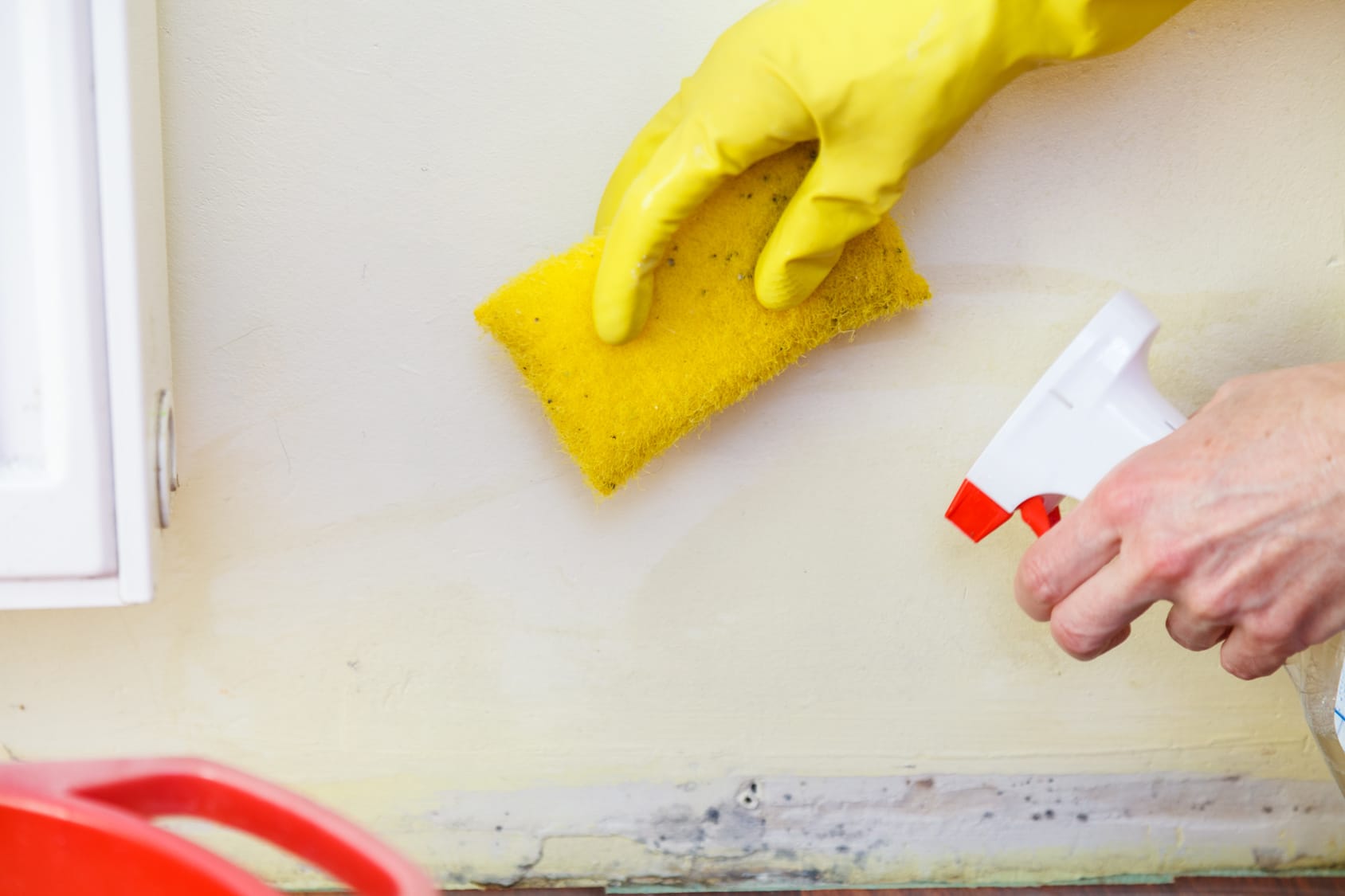Testing Air Quality After Mold Remediation
Wiki Article
Your Ultimate Guide to Blog Post Mold Removal Strategies
In the results of mold and mildew invasion, understanding how to efficiently eliminate the mold and stop its reoccurrence is critical for keeping a healthy interior environment. From choosing the appropriate cleaning and disinfecting methods to executing approaches for long-term mold prevention, each step in the remediation journey plays a crucial function in ensuring a successful end result.Recognizing Post-Mold Remediation Process
After completing the mold remediation process, it is important to recognize the post-mold removal techniques that are necessary to make certain a extensive and reliable cleaning. Once the mold and mildew has actually been removed, the next action includes cleaning and decontaminating the affected areas to avoid any type of regrowth of mold and mildew. This includes making use of specialized cleaning up representatives to wipe down surfaces and eliminate any staying mold spores. It is vital to dry the location completely to discourage the development of mold and mildew in the future (After mold remediation). Proper air flow and dehumidification can help in this procedure.
Moreover, conducting a last examination post-remediation is important to make certain that all mold has been effectively eradicated. If the evaluation discloses any type of lingering mold and mildew, additional removal might be needed.
Efficient Cleaning and Sanitizing Approaches

Protecting Against Future Mold And Mildew Development

Importance of Correct Air Flow
Proper air flow plays a vital duty in stopping dampness accumulation, a crucial aspect in mold development within indoor atmospheres. Efficient ventilation systems assist eliminate excess humidity from the air, lowering the opportunities of mold and mildew spores locating the dampness they require to spread out and sprout. Without ample air flow, indoor areas can become a breeding ground for mold and mildew, leading to prospective health dangers and structural damages.By making sure appropriate air flow, air flow systems can additionally aid in drying out damp locations quicker after water damages or flooding occurrences, better deterring mold and mildew growth. After mold remediation. Precede like restrooms, kitchens, attics, and basements where wetness levels have a tendency to be higher, mounting and keeping effective air flow systems is crucial in protecting against mold infestations

Surveillance and Upkeep Tips
Given the crucial duty that correct ventilation plays in avoiding mold and mildew development, it is vital to establish efficient tracking and maintenance suggestions to guarantee the ongoing capability of ventilation systems. Normal evaluations of ventilation systems need to be conducted to examine for any type of indicators of clogs, leaks, or breakdowns that could hinder correct air movement. Monitoring moisture degrees within the building is additionally critical, as high humidity can contribute to mold growth. Installing a hygrometer can help track moisture degrees and sharp house owners to any type of spikes that might need interest. In addition, making sure that air filters are routinely cleansed or changed is essential for maintaining the performance of the air flow system. Executing a timetable for routine maintenance tasks, such as duct cleaning and cooling and heating system evaluations, can aid stop concerns before they escalate. By staying aggressive and alert to the problem of ventilation systems, homeowner can efficiently minimize the threat of mold regrowth and preserve a healthy indoor setting.
Conclusion
To conclude, post-mold removal methods are important for guaranteeing a risk-free and tidy setting. Understanding the procedure, implementing effective cleaning and sanitizing methods, stopping future mold development, preserving appropriate air flow, and regular monitoring are all important action in the remediation process. By complying with these guidelines, you can effectively eliminate mold and mildew and avoid its return, advertising a healthy and balanced living or working area for all residents.In the after-effects of mold invasion, knowing exactly how to effectively get rid of the mold and what to do after mold remediation mildew and prevent its reoccurrence is extremely important for keeping a healthy and balanced interior setting. Once the mold and mildew has been eliminated, the following step entails cleansing and sanitizing the impacted areas to avoid any kind of regrowth of mold - what to do after mold remediation. After getting rid of noticeable mold growth, it is important to clean up all surface areas in the afflicted area to remove any type of remaining mold spores. To better improve mold prevention actions, it is important to resolve underlying concerns that initially led to mold advancement.Provided the critical role that proper air flow plays in preventing mold growth, it is essential to establish efficient tracking and upkeep pointers to make certain the continued functionality of ventilation systems
Report this wiki page